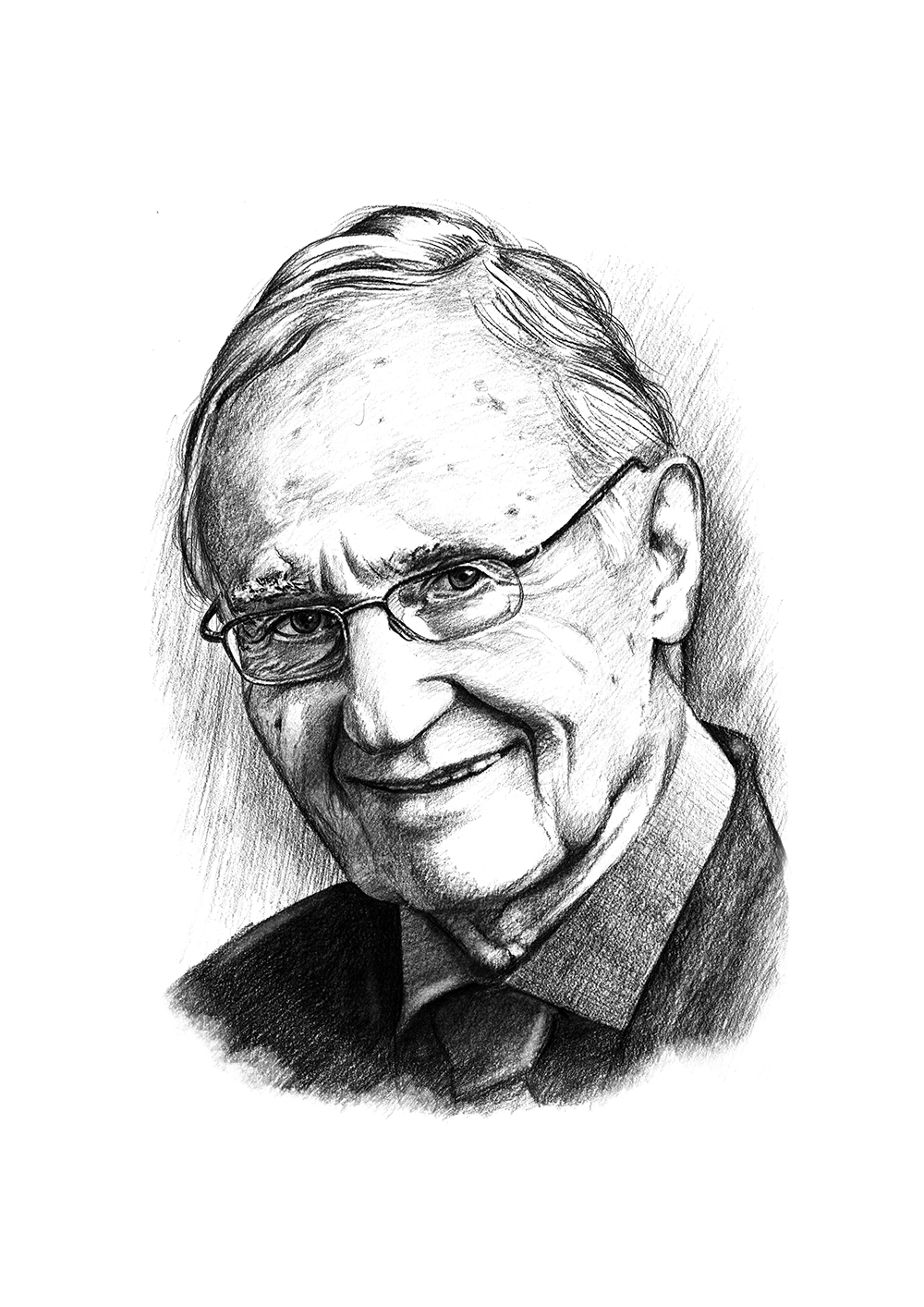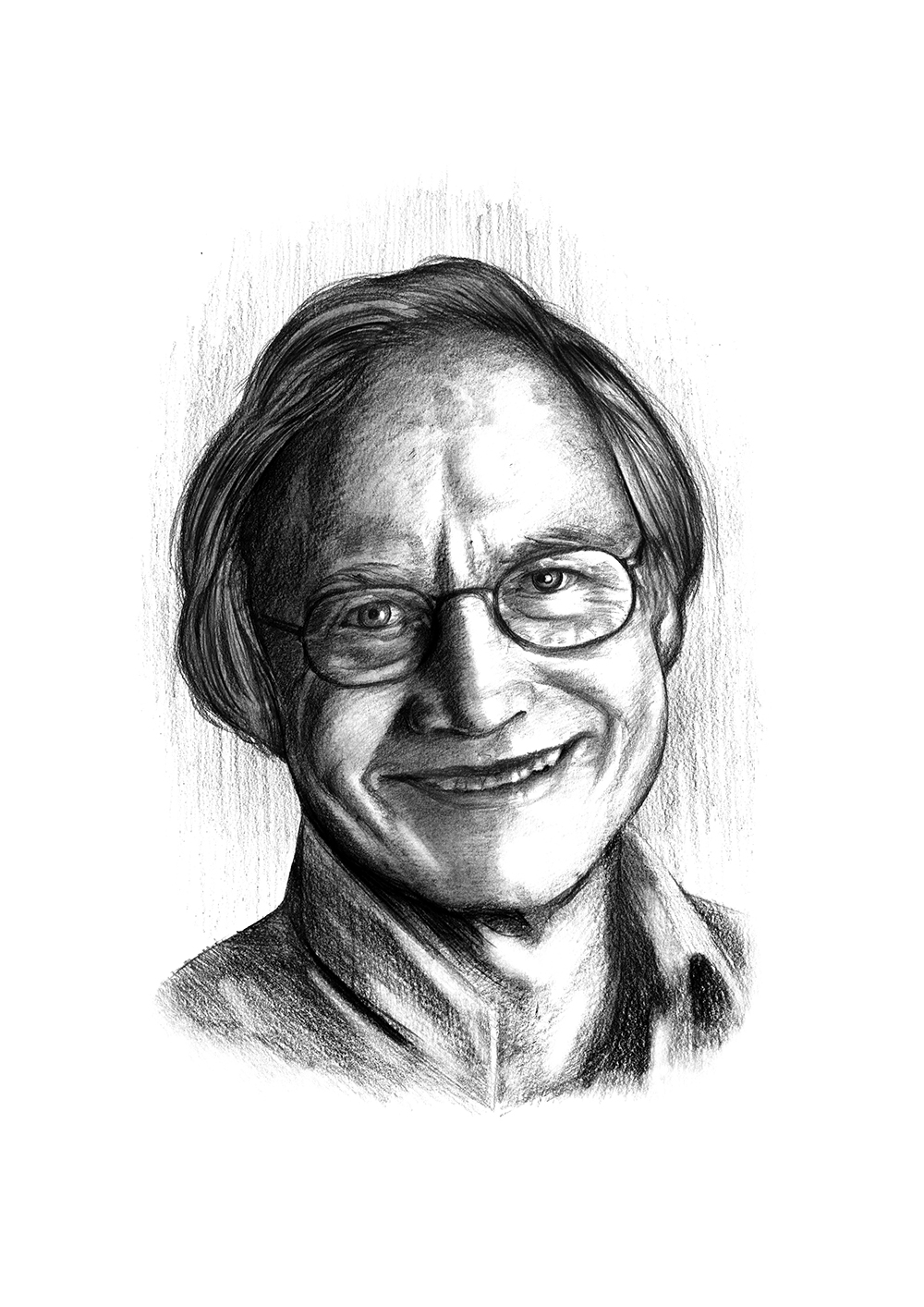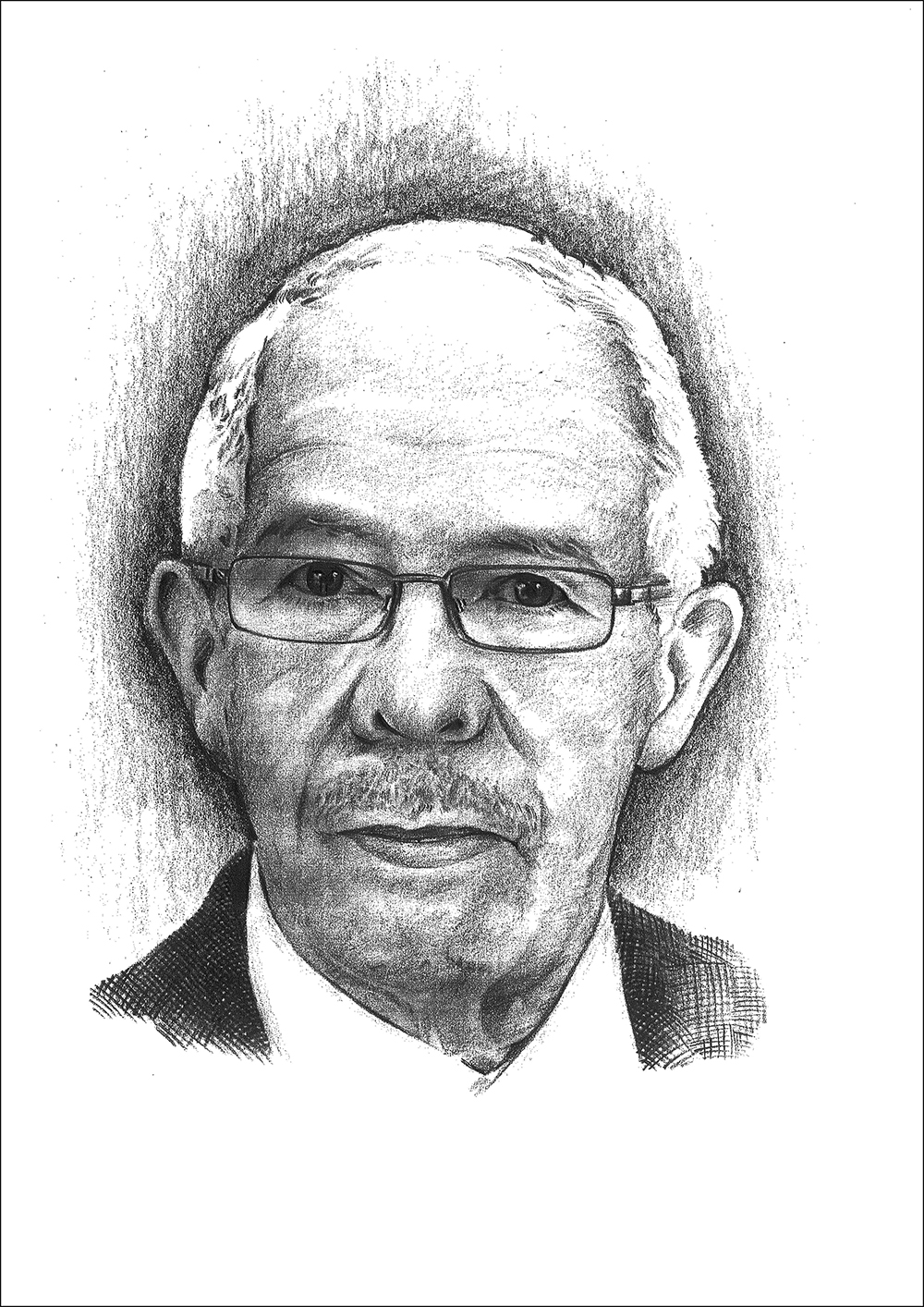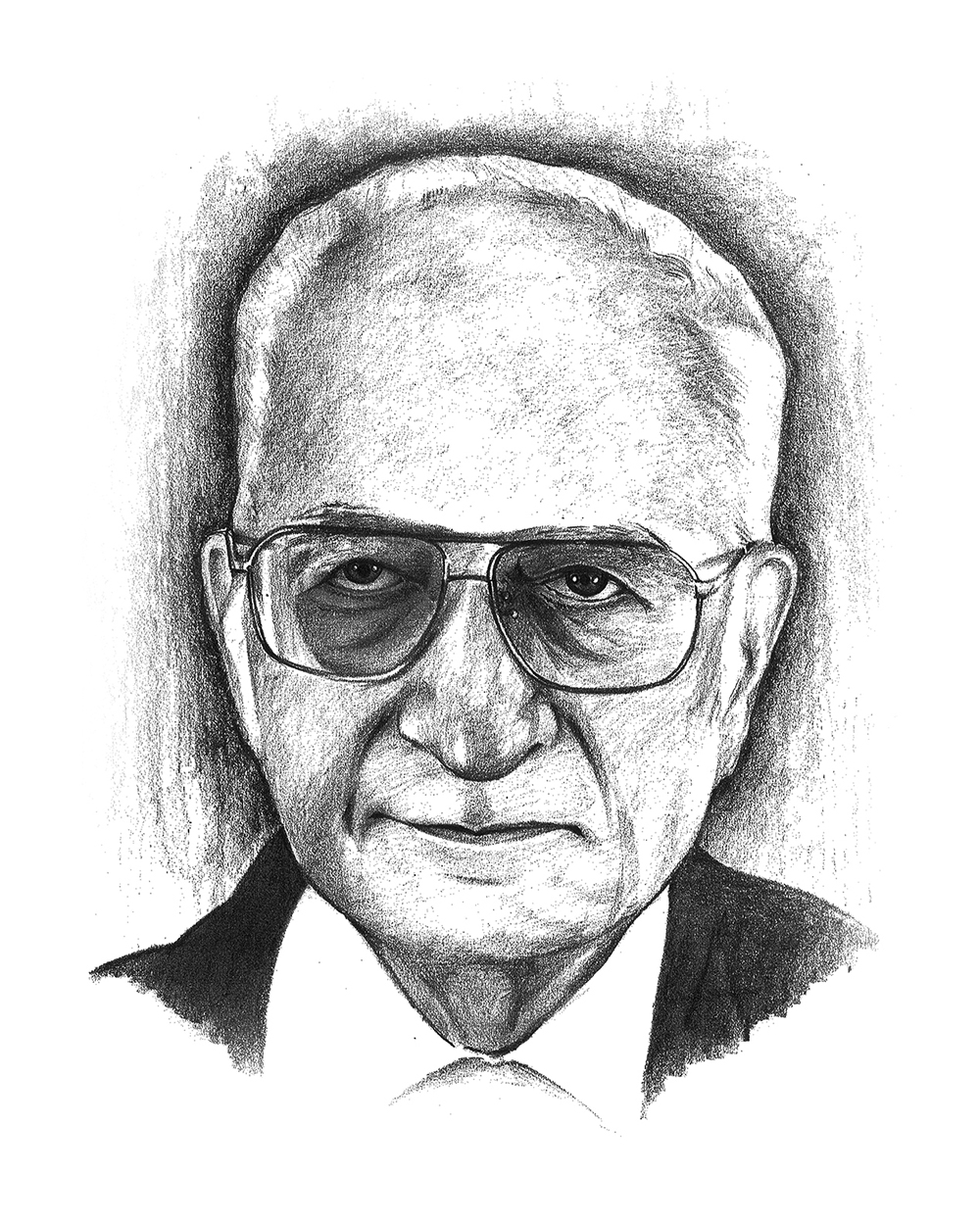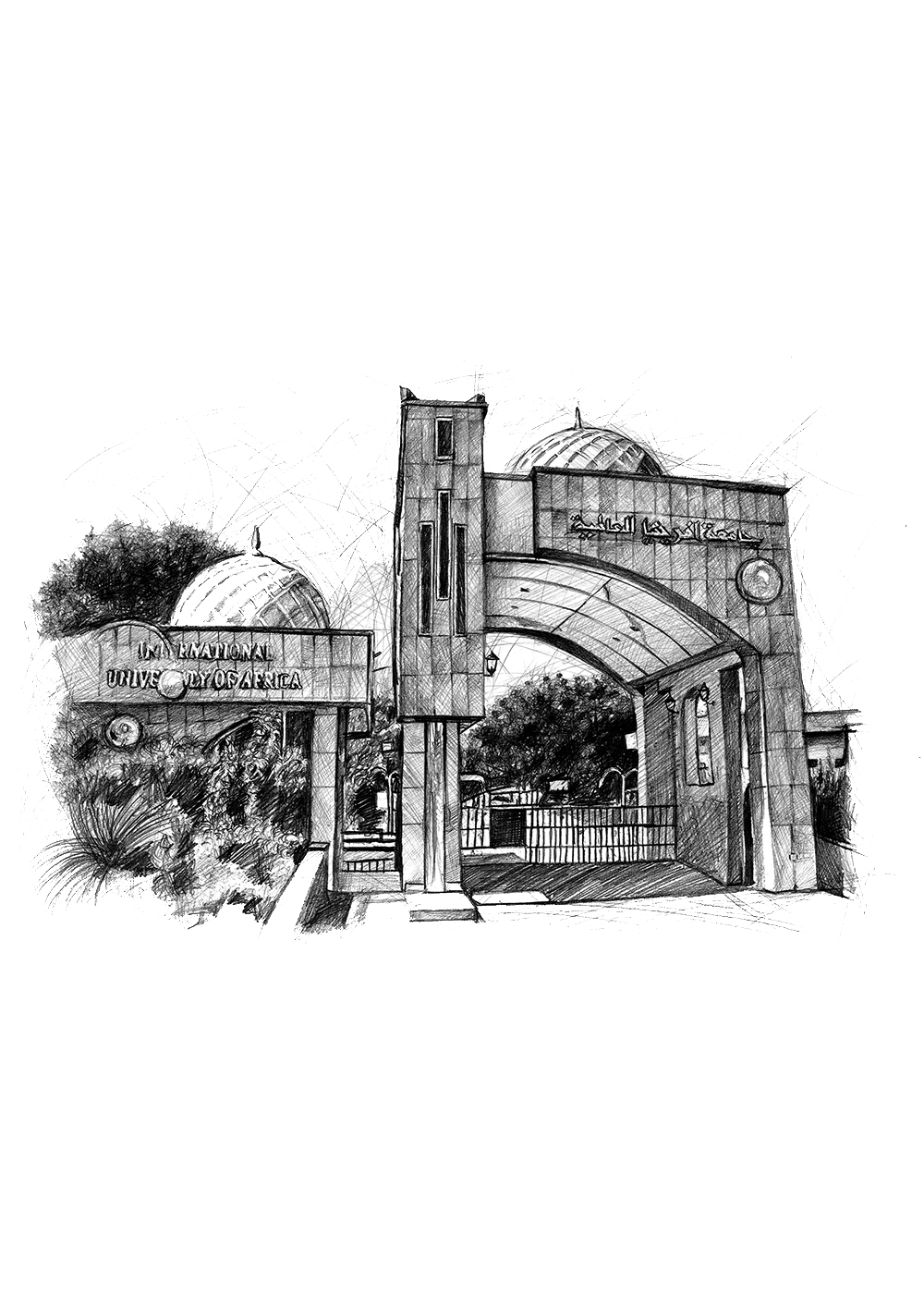Allen Bard received his B.Sc. in Chemistry from New York City College in 1955, and his M.A. and Ph.D. in Chemistry from Harvard University in 1956 and 1958, respectively. He joined the University of Texas as an instructor in 1958 and rose through the academic ranks to the Professorship of Chemistry in 1967. He held many endowed positions including the Sherman Mills Fairchild Scholar at California Institute of Technology and Woodward Visiting Professor at Harvard University. He has been the Hackerman-Welch Regents Chair in Chemistry, since 1985, and the Director of the Center for Electrochemistry at the University of Texas, since 2006.
While Professor Bard’s research has been focused on the field of electrochemistry, it has also broadly impacted all subdisciplines of chemistry as evident by his co-discovery of electrogenerated chemiluminescence (ECL) in 1965, and its subsequent impact and development. He discovered that emissive excited states could be generated at electrode surfaces through highly energetic electron-transfer reactions. Professor Bard invented the scanning electrochemical microscope (SECM) in 1987, which has been used for very high-resolution electrochemical analysis and fabrication of surface reactions. His recent work has been focused on single-molecule electrochemistry, the application of electrochemical methods for display technologies, the study of individual catalyst particles and molecular electronics.
Professor Bard has published over 900 papers and 8 books, and holds more than 20 patents. He is a member of the editorial boards of several journals, including Journal of the American Chemical Society, Electrochimica Acta, New Journal of Chemistry, and NANO. He held leadership positions in several professional organizations, including the National Academy of Sciences and the American Association for the Advancement of Science. Professor Bard has received numerous honors and awards including National Medal of Science, Olin-Palladium Medal and Priestley Medal.
This biography was written in the year the prize was awarded.



